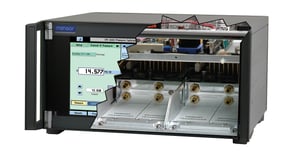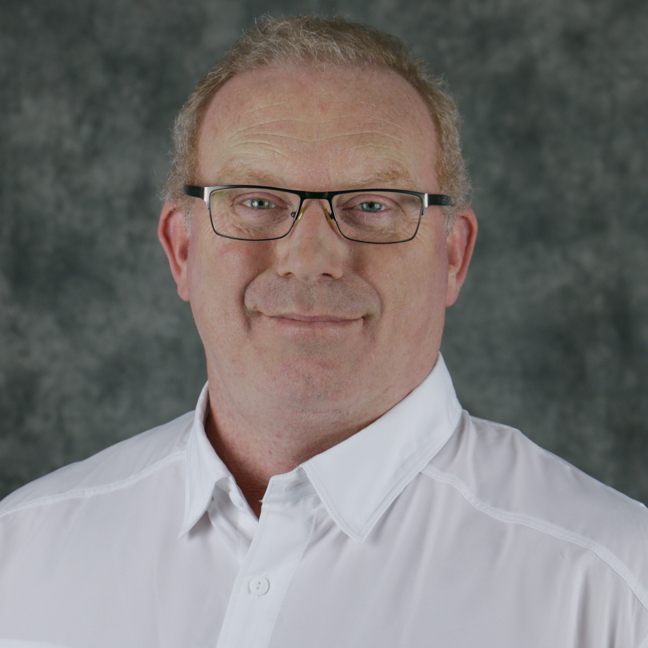It can be a source of confusion and concern when you receive end of life (EOL) or end of service life (EOSL) notifications for your trusted pressure calibrator. It can throw a wrench in asset planning and risk management at your facility.
Often, the difference between those two terms is unclear, which could cause unnecessary panic and anxiety. Knowing the difference between these expressions can be critical in assessing the risks that come with your aging device, as well as replacement planning. This blog attempts to navigate these two scenarios and suggest measures for mitigating them.
Typically, a quality pressure calibrator is a capital equipment purchase that lasts for a long time. Customers are usually reluctant to replace the older products because they have extensive calibration history on the pressure transducers and as long as the controller continues to operate reliably, the only expense is the yearly calibration cost. However, as these older units age, the risk of failure increases each year.
What is End of Life (EOL)?
“End of Life” of a product means that the product has been discontinued and is no longer offered “for sale.”
Typically manufacturers offer a replacement product that builds on the legacy of the product that has reached end of life, along with a "last buy" on the product being discontinued.
Strategic manufacturers will often ease the transition for existing customers by providing retrofitting capabilities to the newer products. This can help with planning and budgeting during this time period.
As the user of a product, one has to plan for the facilities' needs, both current and a few years down the line. If the requirement for the calibrator is immediate and short term, it's best to take advantage of the last buy.
What is End of Service Life (EOSL)?
“End of Service” means that a product has outlived the parts that are required to repair it.
This scenario presents a huge risk to companies that depend on their equipment to manufacture their goods and services for their customers. Because calibration equipment is usually a capital investment, it goes through a lengthy approval process for funding. In addition, new calibration equipment from a supplier can have a long lead time due to the manufacturing process. Unfortunately, this frequently causes users to experience a loss of production and revenue for weeks and possibly months while a new product is being built.
To mitigate these risks, it's important to know about typical end of service life cycles from your manufacturer. This will help you to properly plan the process of replacing aging equipment and eliminate the surprise of a sudden breakdown of obsolete equipment, which can result in a loss of production and revenue. For example, Mensor offers service support for seven years after a product reaches its "End of Life." This means after seven years from the end of life date, the product will reach its “End of Service” life. Manufacturers like Mensor may still be able to do some repairs on the equipment, but there might be some components or parts that can no longer be purchased from suppliers.

The Mensor design team develops new products that have some backwards compatibility with older products. This helps ease the cost burden of having to purchase an entirely new system. For example, Mensor's CPC6000 went into production in 2004, reached its "End of Life" in 2016, and is no longer offered for sale as a new product. The product that replaced the CPC6000 was the CPC6050 Modular Pressure Controller. A key feature of the CPC6000 was its removable pressure transducer that added significant value to the pressure controller. In order to help our existing customer base keep cost low, the CPC6050 was designed to have removable transducers and be backwards compatible with the CPC6000 pressure transducers. Users can continue to use their older CPC6000 pressure transducers in the new CPC6050. This enables the user to move forward with advanced technology while keeping their calibration history on their trusted transducers.
The CPC6000 will reach its End of Service life in 2023 so now is the time to start planning for replacing this product with new equipment. Through the end of 2020, Mensor is offering a trade-in program on aging controllers like the CPC6000 for US customers.
Below is a list of Mensor models that are discontinued (End of Life) and their replacement models.
| Mensor Model Number | Replacement Product | Product Type |
| PCS400 | CPC4000, CPC6050 | Controller |
| PCS400 / 410 HPCU | CPC4000, CPC6050, CPC8000 | Controller |
| PCS400 M | CPC4000, CPC6050 | Controller |
| Model 8100 | CPC6050, CPC8000 | Controller |
| Model 8201 ADTS | CPA8001 ADTS | Controller |
| Model 8204 | CPC6050 | Controller |
| Model 14500 (Barometer) | CPG2500 (Barometer) | Digital Gauge |
| Model 15000 | CPG2500 | Digital Gauge |
| Model 16500 | CPG2500 | Digital Gauge |
| 2100 Series | CPG2400, CPG2500 | Digital Gauge |
| FPS 5000 | CPG2500, CPH2300 | Digital Gauge |
| CPT6010 | CPT6020 | Transducer |
| CPC6000 | CPC6050 | Controller |
| CPG2500, Version 1 | CPG2500 | Digital Gauge |
Related Reading:


